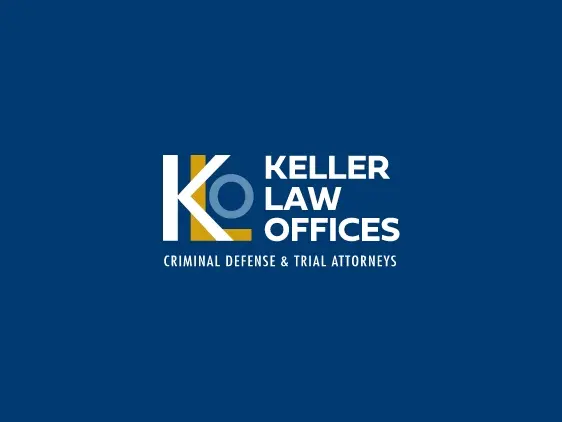Earlier this week, we opened a discussion of a recent recommendation from the national Transportation Safety Board suggesting that states lower the driving while impaired threshold from 0.08 percent to 0.05 percent blood alcohol concentration.
The problem that commentators have found with the most recent NTSB recommendation is that it seems to go too far. While alcohol may affect drivers in different ways, the new recommendation could essentially make it a crime for many drivers to have a single drink after work if the person then drives home.
The American Beverage Institute, which is a national organization that represents 8,000 restaurants across the country, says that the average woman would reach the legal limit to drive after having one drink. The institute says that the focus on toughening drunk driving laws should not be aimed at moderate drinkers.
The group says that the vast majority of fatal drunk driving related crashes involve heavier drinkers who measure over 0.15 percent BAC. Essentially, the proposal would make it a crime for a commuter to have a single drink after work before heading home. It is important to note that that standard applies to persons under the age of 21 who cannot legally drink in Minnesota in the first place.
The recent recommendation from the NTSB does not directly implicate state DWI laws, but the board does have some influence. Similarly, federal lawmakers do not directly have the authority to set the legal limit to drive in each state—but Congress does control the purse strings over federal highway funding.
In 2000, Congress urged states to change the legal limit to drive from 0.10 percent to 0.08 percent by 2003. Any state that failed to comply by the deadline would see federal highway funding withheld to some point. It is certainly not clear at this point whether the new recommendation will change state DWI laws.
Source: Tampa Tribune, “Attorneys warn against lower DUI threshold,” Ray Reyes, May 26, 2013; USA Today, “Make DUI limit 0.05% blood-alcohol level, NTSB says,” Bart Jansen, May 14, 2013






